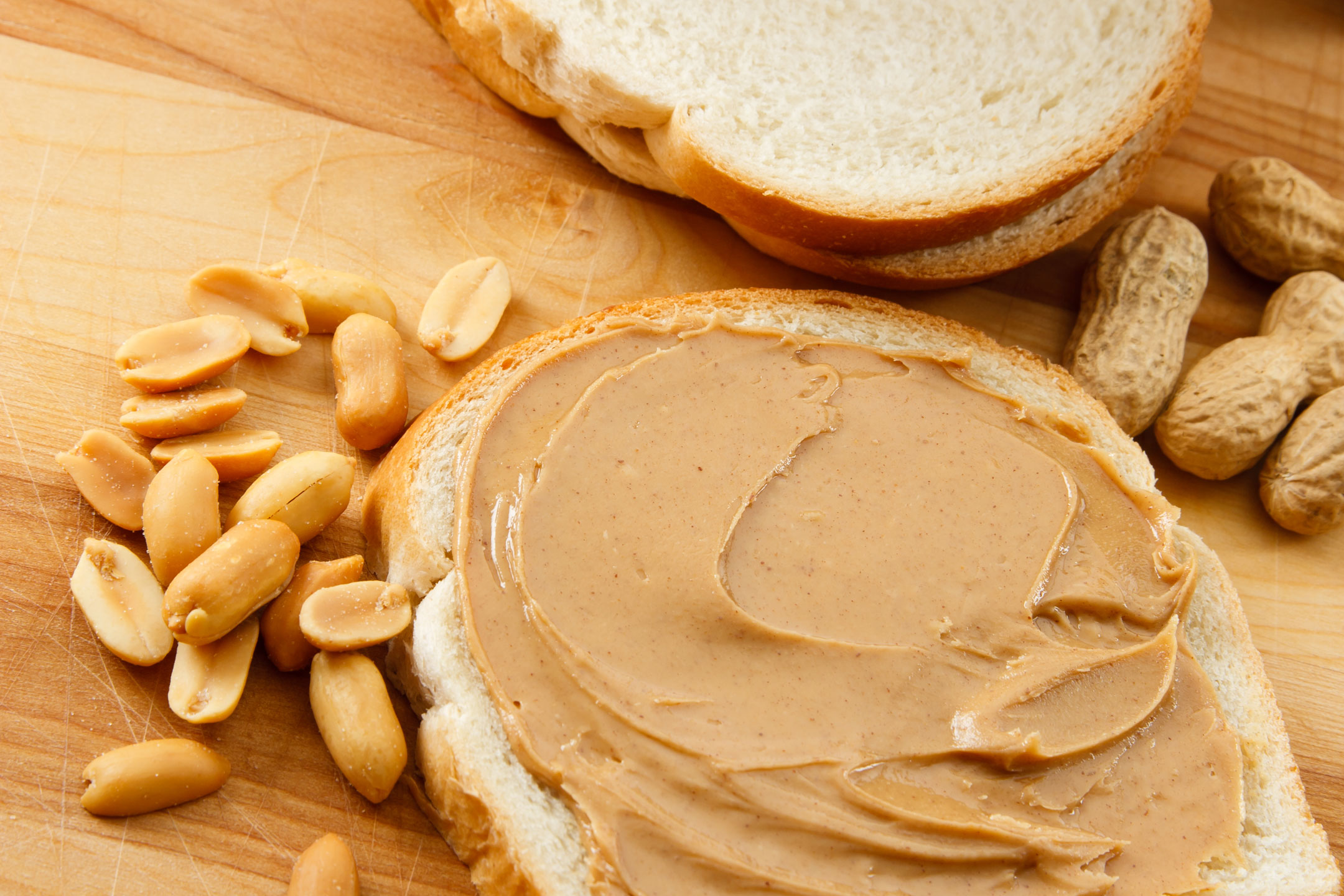
16 May Discovery made into which children will outgrow their peanut allergy
Australian researchers from the Murdoch Children’s Research Institute (MCRI) have found a way to predict which children are likely to outgrow their peanut allergy based on changes in antibody levels over time.
The study revealed that two-thirds of children with a peanut allergy remain allergic by age 10, but those who outgrow it typically do so by age six. By tracking levels of antibodies (sIgG4 and sIgE) that respond to peanut allergens, researchers were able to identify the resolution or persistence of the allergy over the first 10 years of life without clinical intervention.
The study involved 156 infants in Melbourne with confirmed peanut allergy who were followed up at ages four, six, and 10 through various tests. By age 10, a third of the children had outgrown their peanut allergy, with most doing so between ages four and six. MCRI researcher Kayla Parker emphasized that monitoring antibody changes can aid clinicians in identifying which children are likely to have ongoing peanut allergies, ensuring they receive appropriate management and education. Those with decreasing antibody markers may benefit from additional allergist visits for follow-up food challenges, while those with high or increasing levels may need prioritized treatment options.
Meanwhile, another MCRI-led study published in The Journal of Allergy and Clinical Immunology: In Practice highlighted the significant burden of allergic diseases in Australian children. These diseases affect 40% of primary school-aged children, with a third experiencing multiple allergies. The research found that 45% of infants with food allergies had persistent symptoms at age 10. While asthma prevalence remained around 13% between ages six and 10, eczema rates decreased from 15% to 13%, and hay fever cases increased from 15% to 25%.

Vivienne Lai’s daughter, Emilia, 3, has multiple food allergies (cow’s milk, peanut, eggs, cashews and pistachios). Emilia was first diagnosed with a cow’s milk allergy at 10 months after having an allergic reaction to yogurt.
“She initially was able to tolerate these foods, so it was a huge shock when the allergy test came back positive for so many different allergens,” Vivienne said.
“We try our best to avoid the allergens in places like restaurants and day-care and follow an allergy action plan, but Emilia still has reactions from time to time.”
In her first six months back at work after having Emilia, who was then aged one, Vivienne said she received frequent calls from the day-care centre.
“It was anxiety-inducing for us and the staff who were trying to work out what was trigging the allergic reactions,” she said.
We always worry because even if the food label or menu says there are no traces of a certain food, it’s not always accurate.”
Emilia’s most severe allergic reaction came after eating what was thought to be dairy-free jelly the day after her third birthday party.
“We were eating the birthday party leftovers the next day when Emilia started to cough uncontrollably and break out in hives after eating jelly,” Vivienne said.
“We gave her antihistamines, but it only brought the swelling down in her face briefly. Panic started to set in, so we decided to use the EpiPen for the first time and called an ambulance.”
Emilia was treated at the hospital and discharged four hours later. Vivienne said that given how life-threatening allergies could be, the latest MCRI around which children were likely to outgrow their peanut allergy was a significant development.
“The finding gives families like ours some certainty about the future,” she said. Even if a blood test showed Emilia wasn’t to outgrow her peanut allergy, at least it gives us a plan forward, knowing this is going to be a lifelong challenge, and we will need to manage her diet closely.
The research, led by Murdoch Children’s Research Institute (MCRI) and published in Allergy




